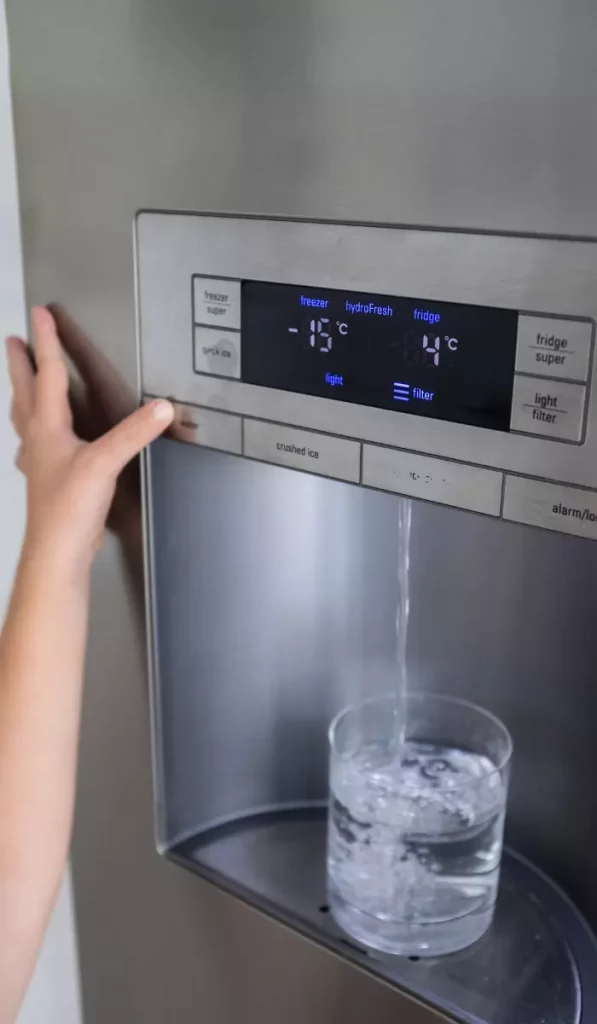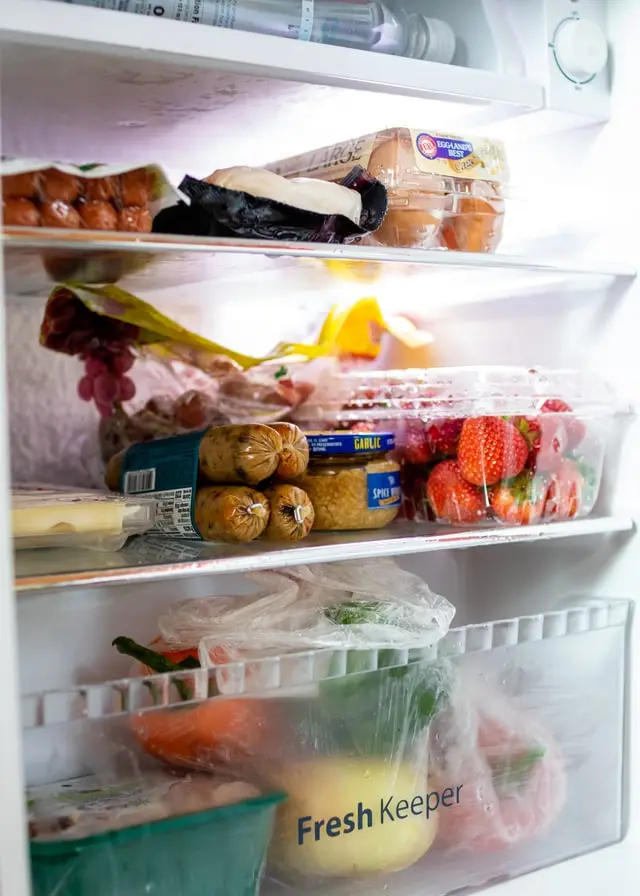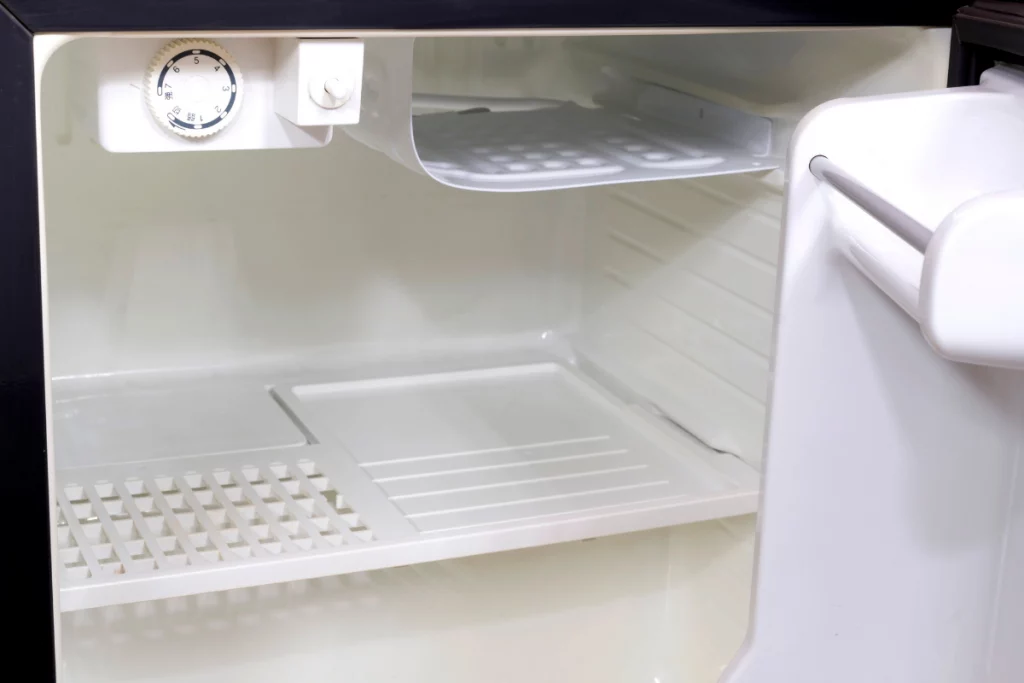Have you ever stood in front of a mini fridge, dial in sight, and wondered: “Is 1 the coldest setting or is it 7?” You’re not alone. Most of us want to keep our food and beverages chilled just right, but these number settings can be a tad confusing.
In this article, we unravel the mystery behind those dial numbers and offer some handy tips for ensuring optimal refrigeration.
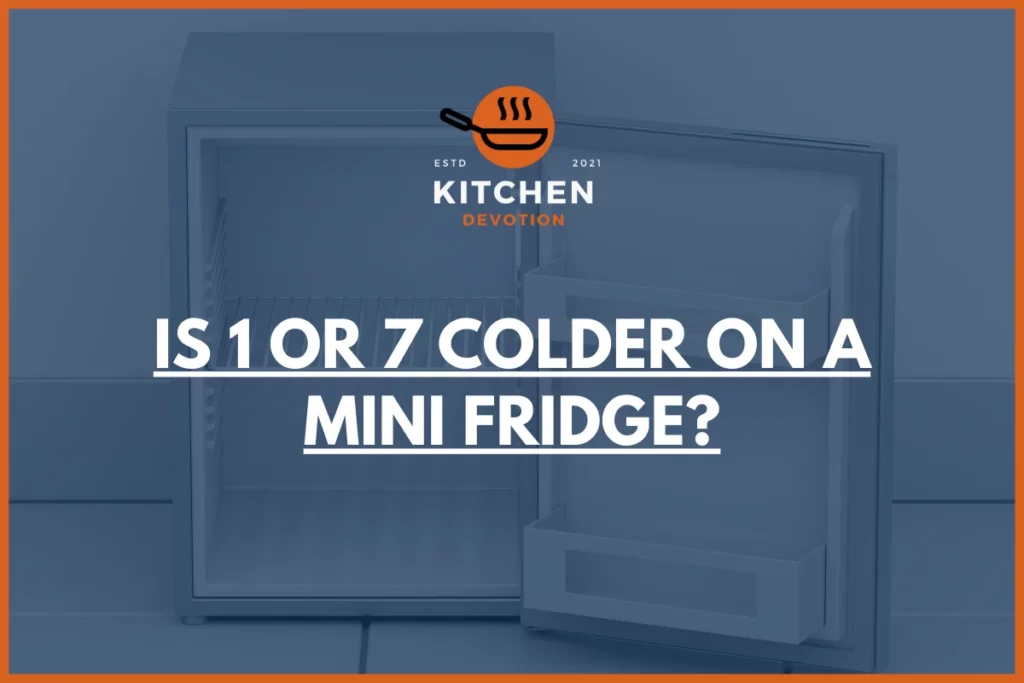
Table of Contents
Is 1 or 7 colder on a mini fridge?
Okay, let’s get straight to the point. On most mini-fridges, the higher the number, the colder the setting. So, if you’re eyeing that dial and wondering, the answer is: 7 is typically colder than 1. Think of these numbers as a scale of coolness, where 1 is the least cool (or warmest) and 7 is the most cool (or coldest).
If you want a chilled drink, you might lean towards the higher numbers. If you’re simply looking to keep something from spoiling too quickly but don’t want it super cold, the lower numbers are your friend. Simple, right? But, why are these numbers set up this way? Let’s dive a bit deeper into how these thermostats work.
How Thermostat Numbers Work
Thermostats in mini fridges, like in many other appliances, serve as a control mechanism to maintain the desired temperature inside. They function by sensing the current temperature and turning the cooling system on or off accordingly.
But why numbers and not specific temperatures? Good question! Using numbers (1 through 7 in our case) is a more generalized approach. Instead of providing exact temperature values, which can vary slightly due to various factors like room temperature or the amount of content inside the fridge, manufacturers use a simpler scale. This scale offers a range of cooling intensities, making it user-friendly.
In essence, when you set your mini fridge to 1, you’re asking it to do the minimum amount of cooling. It’ll maintain a temperature that’s cooler than room temperature, but not by much. On the other hand, when you crank it up to 7, you’re setting it to its maximum cooling capability. This setting tells the fridge to work harder, making the interior as cold as the unit can possibly get.
But, of course, it’s not just about picking a number and forgetting about it. To ensure your food and drinks are stored safely, you need to know if your mini fridge is maintaining the right temperature. Let’s explore how you can be sure of that.
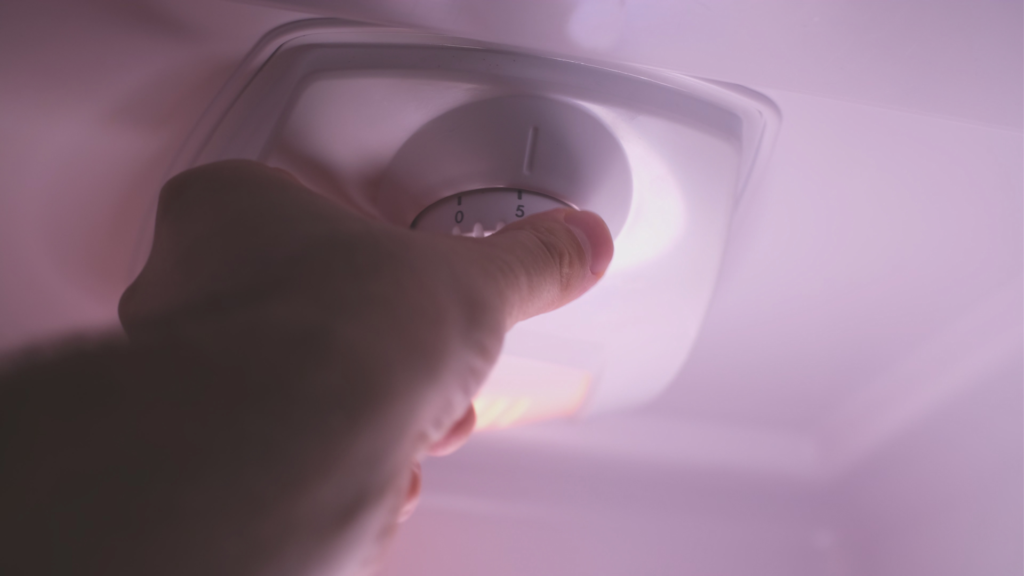
How do I know if my mini fridge is cold enough?
A quick and effective way to check is by using a refrigerator thermometer. These are relatively inexpensive and can provide you with a clear reading of the internal temperature. Ideally, a mini fridge should maintain a temperature below 40°F (4°C) to safely store perishable foods.
If you don’t have a thermometer on hand, pay attention to your stored items. If beverages don’t feel cold enough, or if perishable foods like dairy products spoil faster than expected, these could be indicators that the fridge isn’t cold enough.
Remember, it’s always a good practice to occasionally check on the items in your mini fridge. Not just for freshness, but also to ensure that there’s sufficient air circulation. Overstuffing can restrict airflow, making it harder for the appliance to maintain a consistent temperature.
How to keep your fridge cold and efficient
Maintaining a mini fridge isn’t as hard as it sounds. A little care goes a long way in ensuring it functions at its best. Here are some tips for you to follow:
- Location: Place your mini fridge in a well-ventilated spot, away from direct sunlight or heat sources. Heat can force the fridge to work overtime, using more energy and reducing its lifespan.
- Avoid Overstuffing: While it’s tempting to pack in as many snacks and beverages as possible, it’s essential to leave some space for air to circulate. This ensures even cooling and better efficiency.
- Seal it Up: Regularly check the door seals. Loose seals allow cool air to escape, making the fridge work harder. If you can easily slide a piece of paper through a closed door’s seal, it’s time to either clean or replace it.
- Defrost Regularly: If your mini fridge isn’t frost-free, remember to defrost it periodically. Excessive frost buildup can reduce the appliance’s cooling capability.
- Clean your fridge: Clean your fridge every couple of months. Wipe down shelves, remove crumbs or spills, and ensure the exterior is dust-free, especially the back where coils are located.
- Monitor with a Thermometer: As previously mentioned, having a dedicated thermometer inside is the best way of monitoring and ensuring that your mini fridge is at the right temperatures.
By following these practical steps, you’ll not only ensure your mini fridge remains cold but also prolong its efficiency and lifespan.
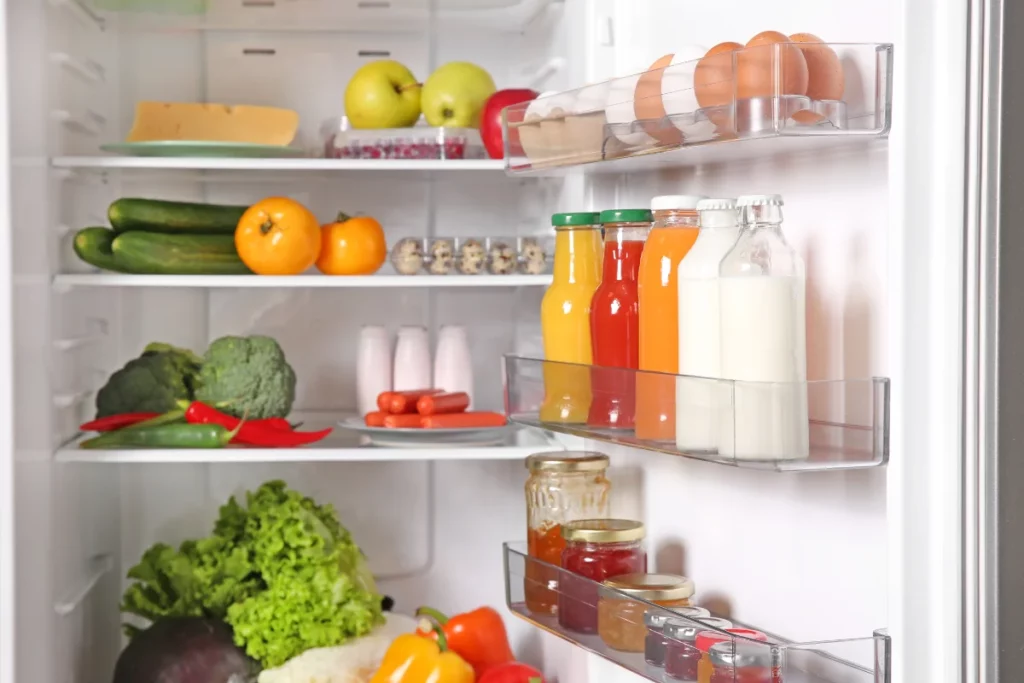
Common Misconceptions About Fridge Temperatures
Navigating the realm of refrigeration can sometimes feel like sifting through a mix of facts and fiction. Let’s clear up some common misunderstandings:
- “A Higher Number Always Means Colder”: While in our mini fridge case, 7 is colder than 1, this isn’t a universal rule for all refrigerators. Always refer to the manufacturer’s manual or guidelines for your specific appliance.
- “Food Won’t Spoil if It’s in the Fridge”: Even refrigerated food has an expiry. While cold temperatures slow down bacterial growth, they don’t halt it entirely. Always check food items for signs of spoilage and be aware of their recommended storage durations.
- “If My Drink is Cold, the Fridge is Working Fine”: A chilled drink doesn’t always equate to a fridge maintaining safe temperatures for all food items. Beverages can feel cold even in temperatures where perishable foods might be at risk.
- “Turning the Dial to the Coldest Setting Will Cool Items Faster”: Cranking up the cold might seem like a quick solution to chill something rapidly, but it can throw off the balance of temperatures in the fridge, risking other items getting too cold or even freezing.
Having a clearer understanding of these misconceptions can help in ensuring the safety and optimal storage of your food and beverages. As with many things in life, a mix of knowledge and regular checks is the key to success—or in this case, a perfectly chilled snack!
Conclusion
Understanding your mini fridge’s settings is essential for optimal performance and food safety. Setting 7 is generally colder than 1 in most cases, but always refer to your fridge’s manual to be sure. Regular checks and maintenance can prolong its lifespan and ensure the quality of its contents.

